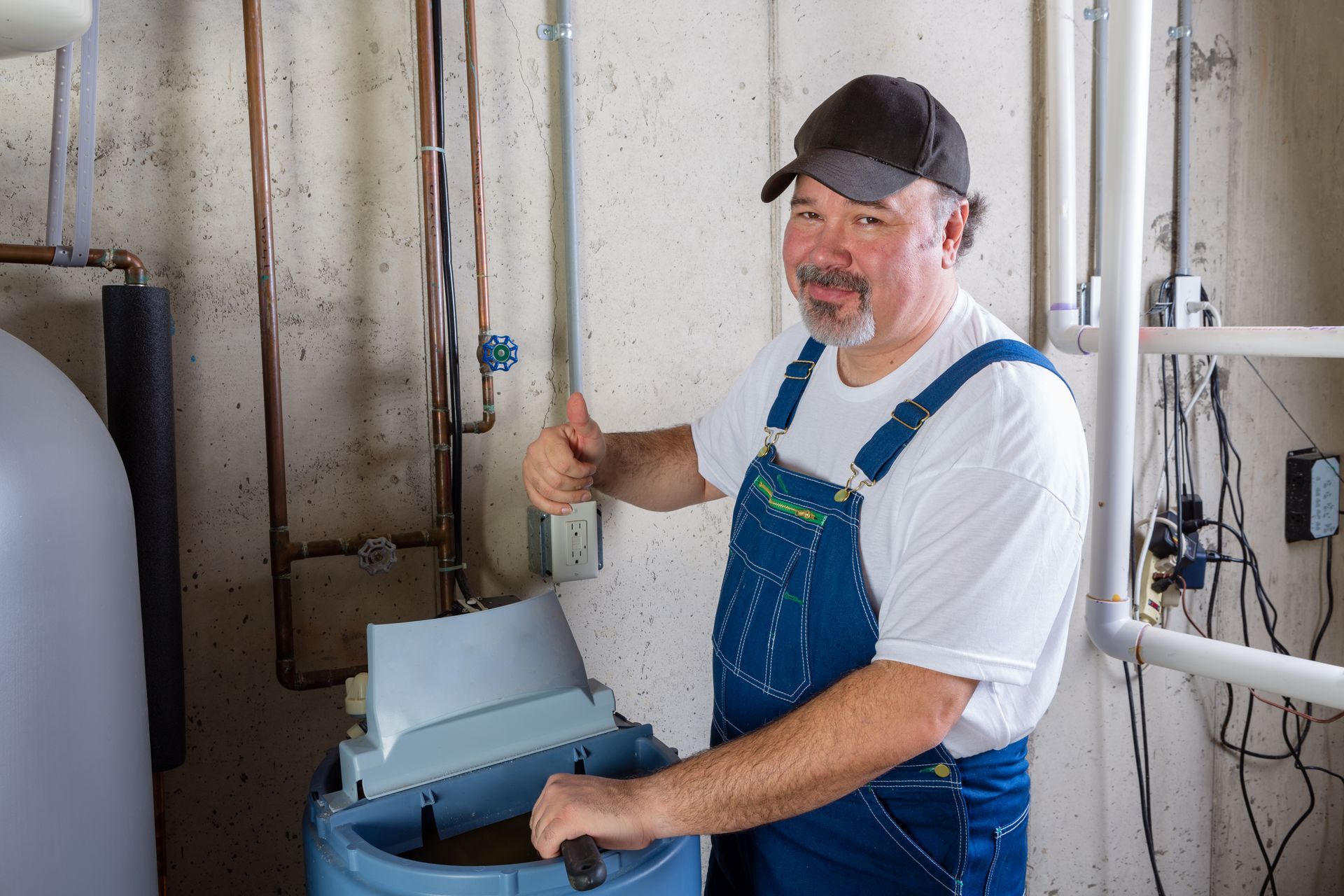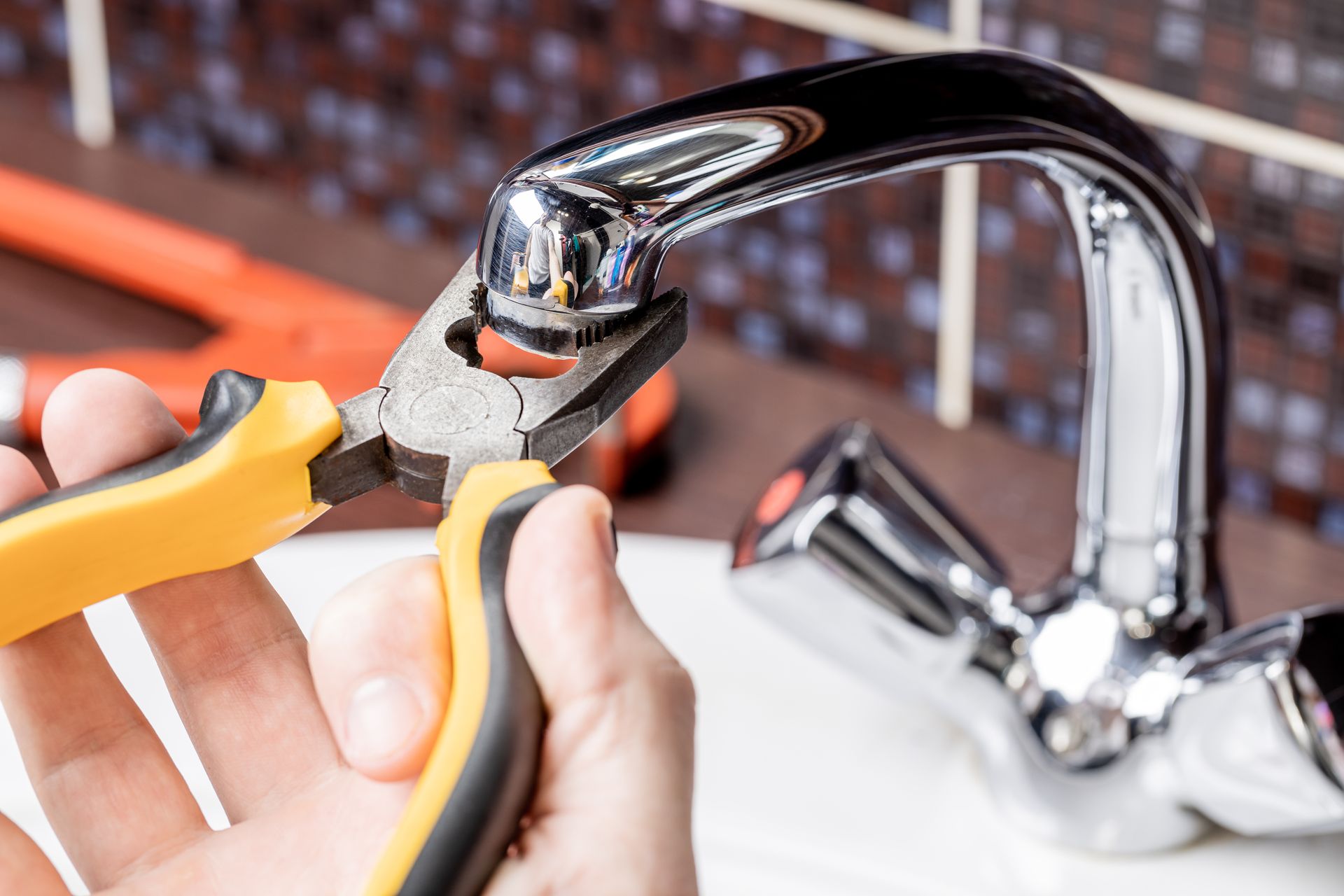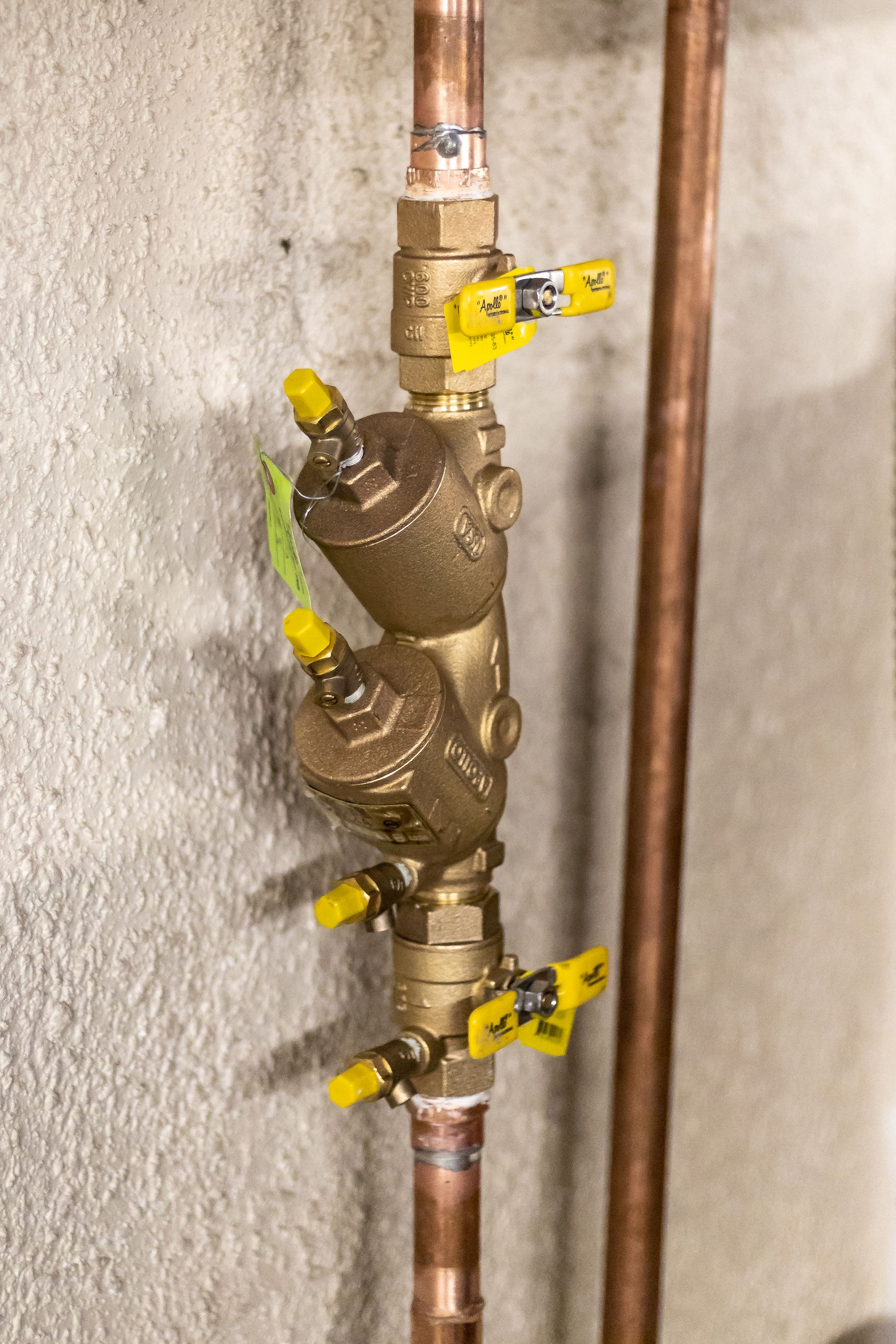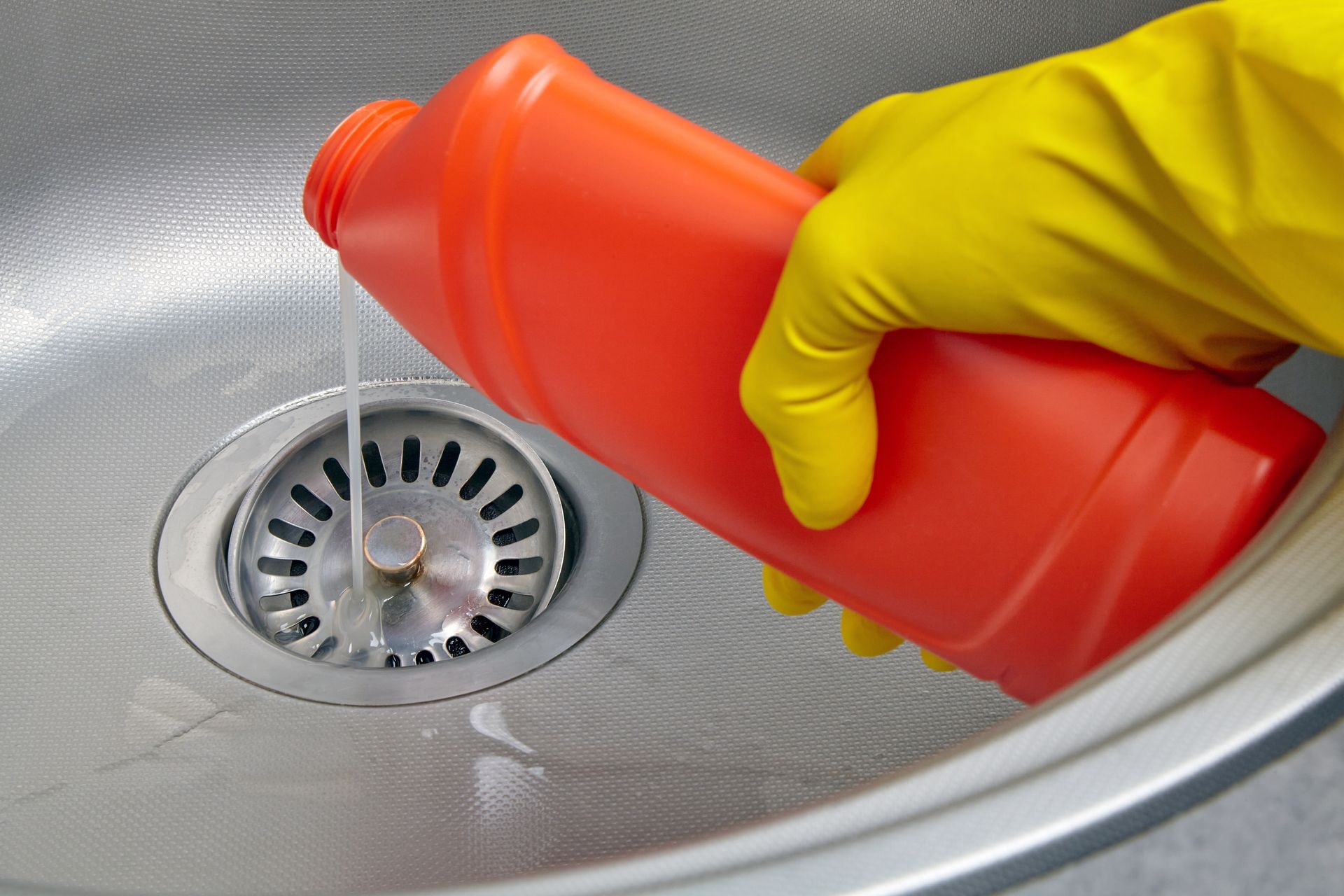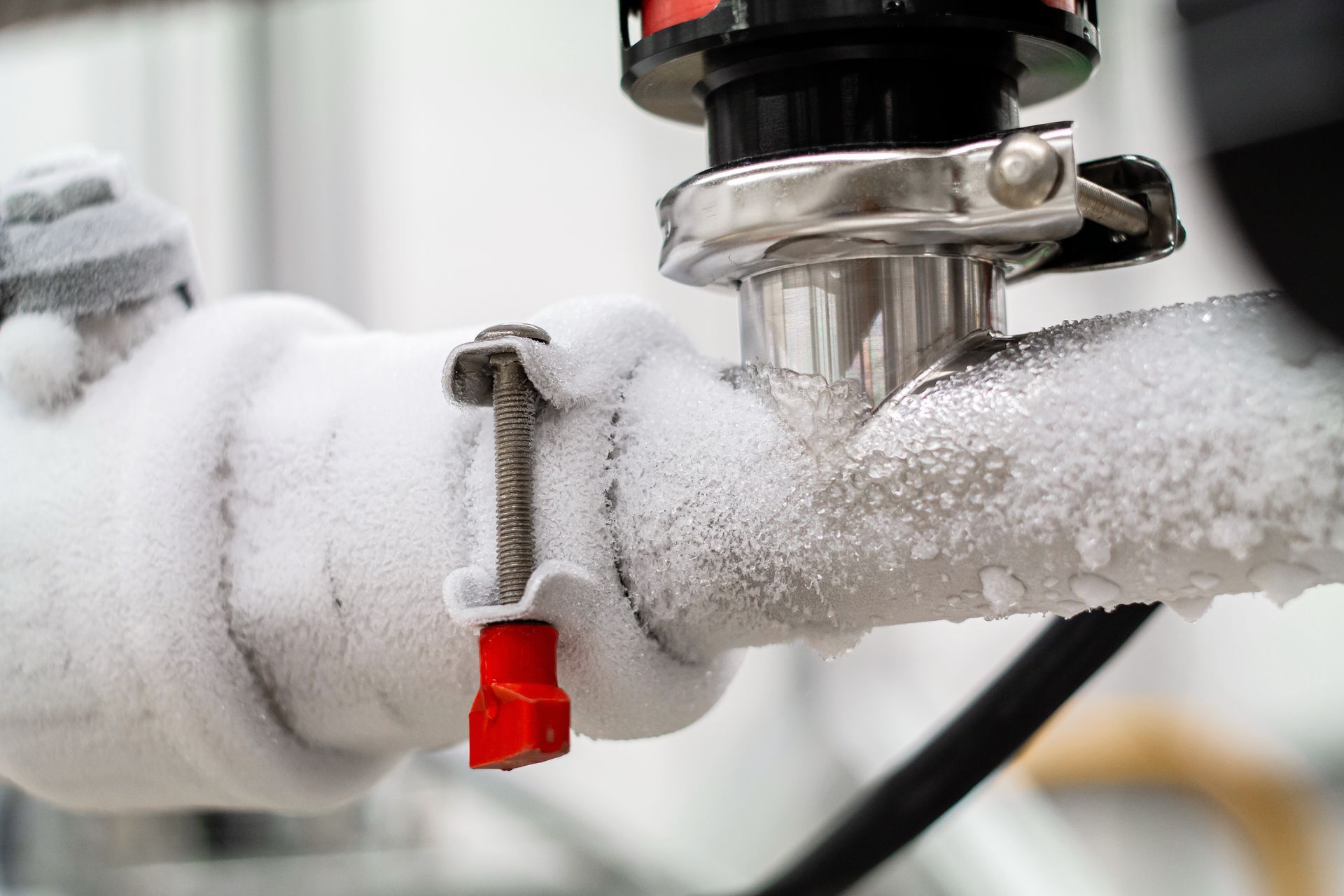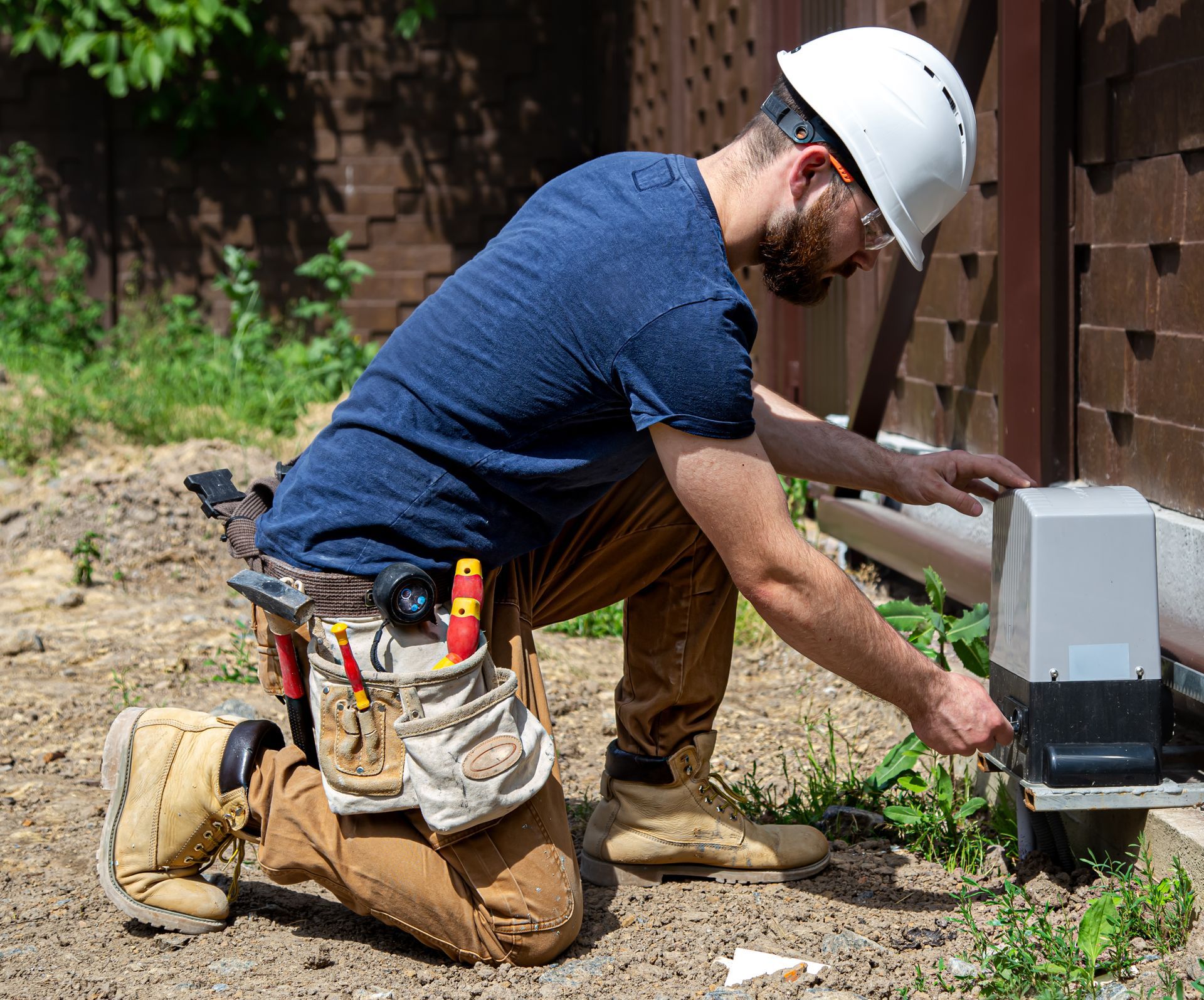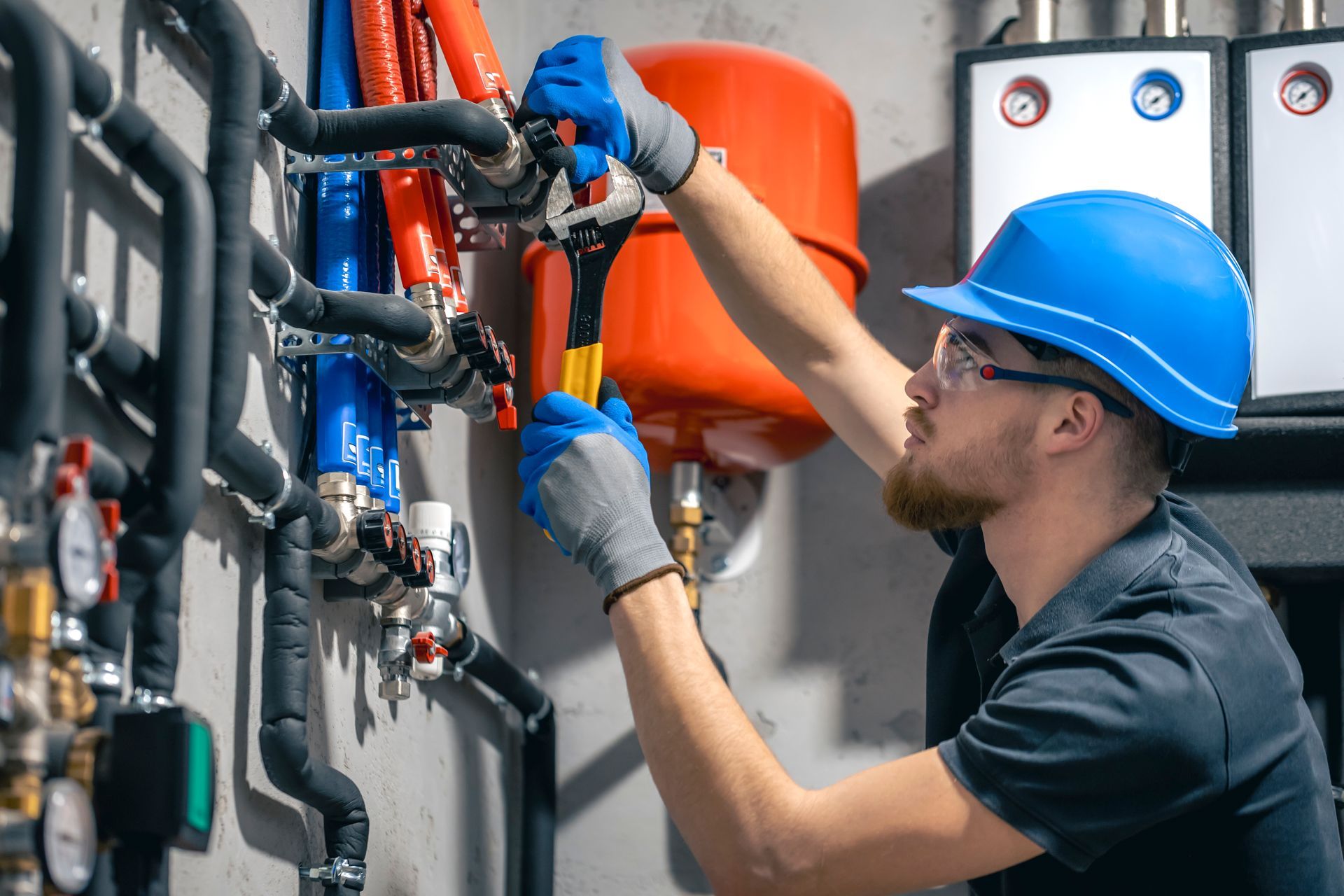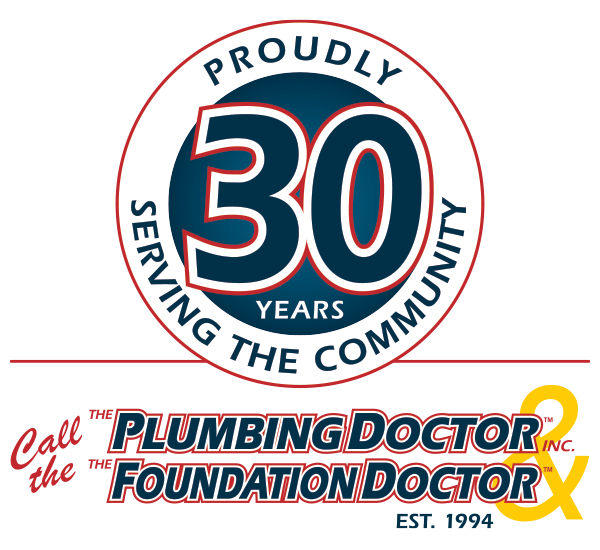Invisible Leaks: How to Spot and Prevent Hidden Plumbing Leaks
Are you noticing unusually high water bills or damp patches on your floor or wall, but can't locate a visible leak? You might be dealing with an invisible plumbing leak - a hidden menace that can cause significant property damage and inflate your water expenses. Unseen leaks can be a tricky issue, often going unnoticed until substantial damage has already occurred.
But don't worry! Call the Plumbing Doctor is here to empower you to tackle these elusive leaks head-on. In this blog post, we'll explain what invisible leaks are, how you can spot the tell-tale signs, and steps you can take to prevent them. With some proactive measures and professional help, you can keep your home safe from the headache of hidden plumbing leaks.
Understanding Invisible Leaks
Invisible leaks often occur in the plumbing system’s hidden areas, like beneath sinks, inside walls, or under the ground. These leaks can happen due to various reasons, such as corrosion, temperature changes, or water pressure variations. Besides causing property damage, they can also contribute to water wastage, a rising concern in the current global water scarcity scenario.
Spotting the Hidden Culprit – Signs of Invisible Leaks
Recognizing invisible leaks early can spare you hefty repair costs. The following signs might indicate a hidden leak in your house:
1. Unexpected Increase in Water Bill: A sudden spike in your water bill, without a corresponding increase in usage, is often a tell-tale sign of an invisible leak.
2. Mould and Mildew: Mould thrives in damp environments, so their unexpected growth could suggest a leak. Prolonged exposure to mould can also cause health problems.
3. Structural Damage: Invisible leaks can wreak havoc on your home's structure. Cracks in walls, bubbling paint or wallpaper, and warped floors are all signs of moisture damage – possibly due to a hidden leak.
Preventing Invisible Leaks – Plumbing Maintenance is Key
Preventing invisible leaks is preferable and more cost-effective than managing their aftermath, especially as we grapple with the growing issue of water conservation. Here are some preventive measures:
1. Regular Checkups and Maintenance:
A professional plumbing inspection can identify and fix potential problems before they escalate. Make maintenance a regular part of your home care routine.
2. Installing Water-Saving Fixtures:
Water-saving fixtures like low-flow showerheads and faucets can reduce water consumption and pressure on your pipes, lowering the risk of leaks.
3. Insulating Pipes:
In colder regions like Ontario, pipe freezing is a common issue that can cause leaks. Insulating your pipes can prevent freezing and consequential damage.
4. Smart Home Plumbing Technology:
Modern smart home technologies like leak detectors can provide real-time alerts on water leakage, helping you catch and address leaks promptly.
Final Flow: Don’t Let Leaks Drip Away Your Peace of Mind
While the idea of invisible leaks might seem daunting, understanding the signs and preventive measures can aid in early detection and damage control. Regular inspections and maintenance, adopting water-saving fixtures, insulating pipes, and leveraging smart home plumbing technology can significantly reduce the risk of hidden leaks.
Let's Stop the Drip – Call the Plumbing Doctor Today
The Plumbing Doctor, with over 30 years of industry experience, is committed to helping you sustain a leak-free home. Our team of trained professionals is equipped to conduct meticulous inspections, provide affordable and effective repairs, and advise on preventative measures. Why worry about hidden leaks when you can entrust your home's plumbing health to experienced doctors? Get in touch with the experts at the Plumbing Doctor today – because when it comes to plumbing, prevention is always better than cure.


